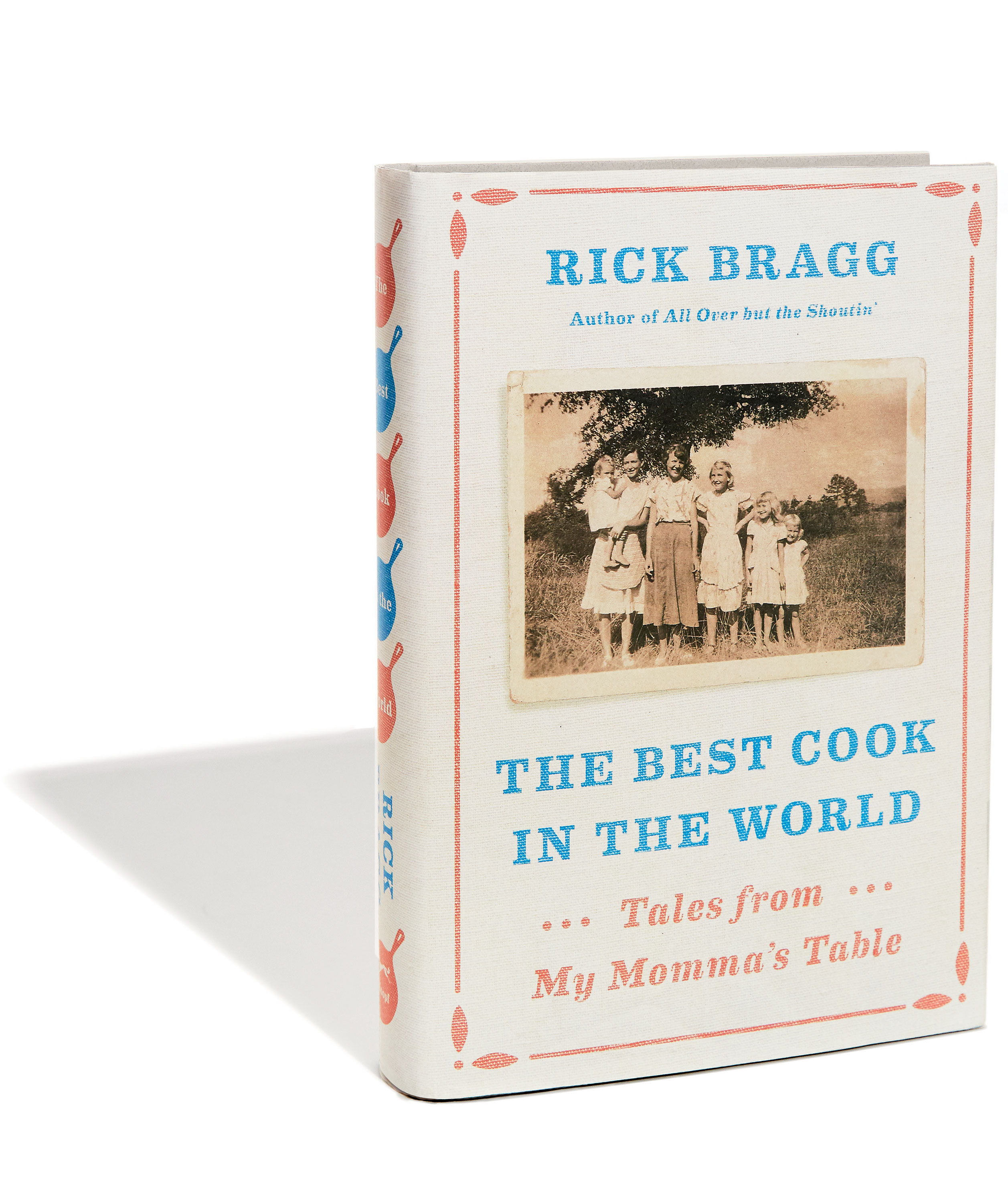Nearly all hunters feel themselves part of a continuum. For some of us, as recipients of the wisdom (and sometimes gear) that granddads passed to dads passed to us, that continuum can be as narrow as family tradition. For others, the inheritance is broader: a set of customs handed down by a community or even a region, as in the opening-day rituals of Southern dove hunters. And for other hunters (though these can also be layered), the continuum is as broad as it is ancient: Hunting provides them a live link to their premodern forebears, so that entering the woods they feel most acutely the anthropologist Carleton Coon’s contention that “we and our ancestors are the same people.” Yet the theory and practice of hunting in America have been anything but static, having been shaped and buffeted by cultural winds from the very beginning. The continuum we feel today is more precisely a fitful evolution, ongoing still.
The historian Philip Dray has compressed five hundred years of that evolution into The Fair Chase: The Epic Story of Hunting in America, a fluid and fascinating history for hunters and nonhunters alike. Dray’s objective is to explore hunting’s impact on the national character, and vice versa, while mapping the contours of what he calls “the modern world’s greatest hunting culture.” He focuses on what we might term the Discretionary Hunter: that is, the man or woman who takes to the woods not out of need, as with subsistence hunters, but out of desire. Desire for what? The answer has fluctuated over the centuries: recreation, sport, bonhomie, adrenaline, a primal reconnect with nature, the assimilation of frontier virtues, various ideas of self-betterment. “Most of the Americans who fought in the American Revolution as well as the War of 1812 were not backwoods hunters,” Dray notes, “but the latter’s much-praised pluck and resourcefulness emerged from both conflicts as admirable national traits.” As Theodore Roosevelt believed, to venture afield was to improve oneself and by extension the national temperament.
Dray subscribes to the Great Man Theory of history, which means he predominantly trains his lens on a marquee cast of influencers: Roosevelt, of course; Henry William Herbert, a nineteenth-century writer whose depictions of sport hunting as Ivanhoe-infused romance, written under the pen name Frank Forester, did for hunting what Jim Fixx did for running; the members of Boston’s intellectual Saturday Club, among them Ralph Waldo Emerson, whose hunting vacations in the Adirondacks gave the sport an aesthetic, even therapeutic gloss; and George Bird Grinnell, the conservationist and longtime editor of Forest and Stream (later absorbed into Field & Stream) who emerges as the quiet hero of Dray’s account, repeatedly stepping in to guide the hunting community away from excesses and toward greater ethical consciousness.
“American sport hunting drew on diverse influences—
the ‘true sportsmanship’ ethos of the British hunt, the deadeye heroics of frontiersmen Daniel Boone and Davy Crockett, and the forest knowledge and stealth of the Native American,” Dray writes. It has also run up against opposing influences: widespread horror at the indiscriminate slaughter by nonrecreational market hunters, dwindling wildlife habitat, the anti-hunting and animal rights movements, urbanization, and the toxic tenor of the gun-rights debate. Nimbly analyzing all these points of friction, Dray shows how the hunting community evolved its theories and practices to address them, whether by spurning various hunting tactics (and supporting regulations) or by spearheading conservation efforts or by embracing the more delicate challenge of archery hunting.
“In the face of intensified public questioning of the sport, and the ever-greater expense and difficulty of hunting well, America’s hunting cohort”—currently about 5 percent of the adult population, and declining—“thus grows more serious, more self-aware,” Dray writes. “Increasingly mindful of their impact on habitat and prey species, more deeply absorbed with strategy and craft, they answer an impulse as timeless as it is ingrained: that the stalking of live prey renders nature spellbinding and consecrates one’s own footsteps.” If there’s a continuum here, it’s when Dray himself concludes: “Some will always find it so.”









